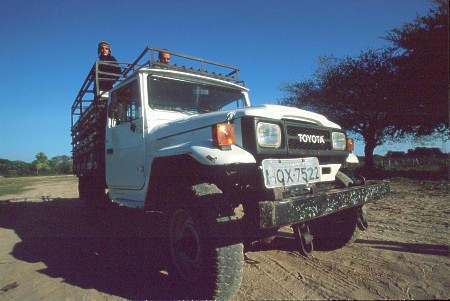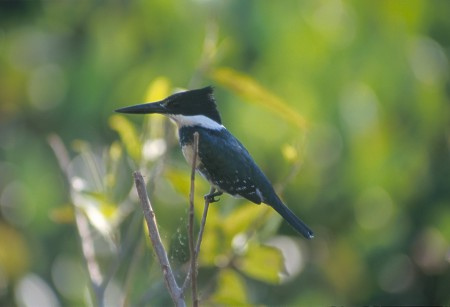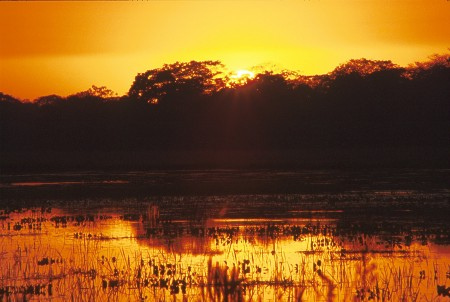History: Pre-History of the Pantanal
In recent years, South American archaeology has turned up interesting finds which have caused scientists to rethink when and how the Americas were first populated.
The oldest known site of human habitation in the Americas occurs at Monte Verde in Chile - and dates from a time (about 15,000 years ago) when the Bearing Strait land bridge from Asia was still locked in glacial ice. This discovery turned other long-established theories on their head since it pre-dated accepted dates for human migration into North America (by the so-called Clovis cultures) by almost 2,000 years. Another archaeological discovery in Brazil, known as Pedra Furada may be even older than Monte Verde but is still subject to debate.
The current theory is that these first populations crossed into the Americas following coastal routes - possibly using rafts or boats to skirt around ice and glaciers. This use of water craft would also have facilitated the rapid movement of small populations down into the warmer regions of Central and South America. Boat building technology wasn't unknown to pre-historic peoples - as its generally accepted that Australia was populated by Melanesian peoples arriving by boat between 40,000 and 60,000 years ago.
Multimedia Links
The scarcity of archaeological evidence suggests that the earliest settlements were small - although its also likely that evidence of coastal settlements has been inundated by rising sea levels, which have risen around 100m since the Ice Age. However, one clue to the growth of human populations may exist with mass-extinction of South America's large fauna (mastodons, giant ground sloth, giant pre-historic armadillos called glyptodonts, toxodon, saber toothed cat, native American horses and several camelid species) about 11,000 years ago. Mass extinctions typically coincide with the arrival of humans into new areas. Evidence at Monte Verde shows that its residents were actively hunting at least some of these species.
Within the Pantanal, the earliest known evidence of human habitation dates to around 8,000 years ago. These first inhabitants lived on riverbanks, selecting high locations near modern-day Corumbá and Poconé to reduce the impact from seasonal floods. Other populations existed just outside the Pantanal, including around the modern city of Rondonópolis where there are many ancient rock paintings still to be seen. These peoples were hunter gathers, whose diet is likely to have consisted of fish, mussels and local game. The diverse nature of archaeological sites encountered in the Pantanal indicates the presence of several different cultures originating from the Amazon, the Andes and the Chaco.










Image credits: Sketch of prehistoric Doedicurus and Glyptodon, by Robert Bruce Horsfall.
Photos: Bandeirante, Sunset, and Kingfisher (Andrew Mercer)
Pantanal Escapes